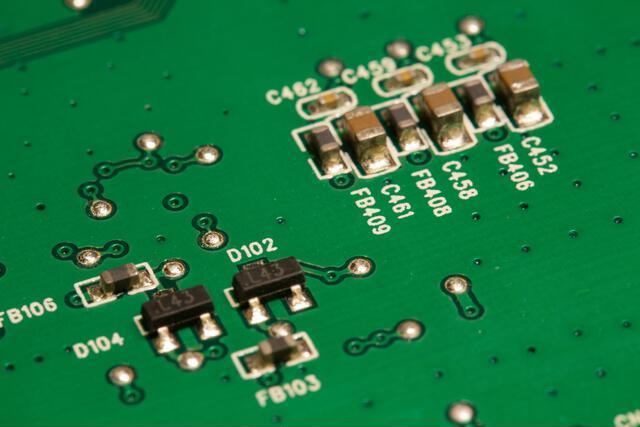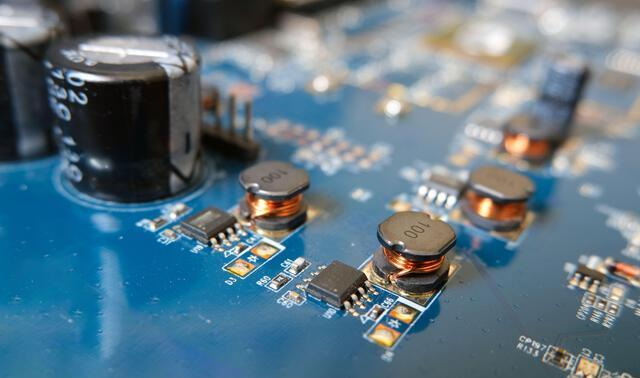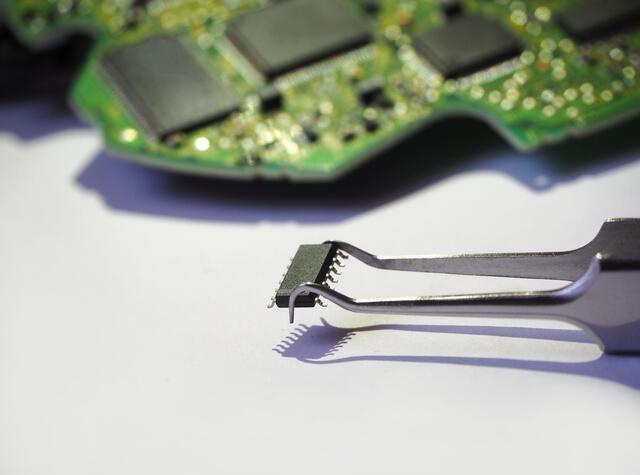Content Menu
● Complexity of SMT Processes
● Equipment and Technology Limitations
● Solder Paste Issues
● Component Orientation and Placement Accuracy
● Environmental Factors
● Quality Control and Testing
● Supply Chain Challenges
● Skilled Labor Shortage
● Cost Management
● Regulatory Compliance
● Conclusion
● Related Questions
>> 1. What are the main advantages of SMT manufacturing?
>> 2. How can manufacturers improve solder paste application?
>> 3. What role does quality control play in SMT manufacturing?
>> 4. How can companies address the skilled labor shortage in SMT?
>> 5. What are the environmental considerations in SMT manufacturing?
Surface Mount Technology (SMT) has revolutionized the electronics manufacturing industry by enabling the efficient assembly of electronic components onto printed circuit boards (PCBs). However, despite its advantages, SMT manufacturing processes face several key challenges that can impact production efficiency, product quality, and overall operational costs. This article explores these challenges in detail, providing insights into the complexities of SMT manufacturing engineering processes.

Complexity of SMT Processes
SMT manufacturing involves multiple intricate steps, including solder paste application, component placement, and reflow soldering. Each step requires precise control and monitoring to ensure quality. The complexity increases with the miniaturization of components, which can lead to issues such as misalignment and insufficient solder joints. As components become smaller and more densely packed, the risk of defects rises, necessitating advanced equipment and skilled operators to manage these challenges effectively.
Equipment and Technology Limitations
The effectiveness of SMT manufacturing heavily relies on the equipment used. High-precision machines are essential for tasks such as solder paste printing and component placement. However, these machines can be expensive and require regular maintenance. Additionally, older equipment may not be compatible with newer, smaller components, leading to inefficiencies and increased production costs. Manufacturers must continually invest in upgrading their technology to keep pace with industry advancements.
Solder Paste Issues
Solder paste is a critical material in SMT processes, serving as the medium that connects components to the PCB. Issues with solder paste, such as improper viscosity, contamination, or incorrect application, can lead to defects like cold solder joints or bridging. Ensuring the right solder paste formulation and application technique is vital for maintaining high-quality standards in SMT manufacturing. Regular testing and quality control measures are necessary to mitigate these risks.
Component Orientation and Placement Accuracy
Accurate component placement is crucial in SMT manufacturing. Misalignment can result in poor electrical connections and increased failure rates. The challenge lies in ensuring that components are correctly oriented and placed within the specified tolerances. This requires sophisticated placement machines and robust programming to minimize errors. Additionally, operators must be trained to handle the complexities of component orientation, especially with the increasing variety of components used in modern electronics.
Environmental Factors
Environmental conditions in the manufacturing facility can significantly impact SMT processes. Factors such as temperature, humidity, and static electricity must be carefully controlled to prevent defects. For instance, excessive humidity can lead to solder paste degradation, while static electricity can damage sensitive components. Implementing stringent environmental controls and monitoring systems is essential to maintain optimal conditions for SMT manufacturing.
Quality Control and Testing
Quality control is a critical aspect of SMT manufacturing. The need for rigorous testing at various stages of the production process is paramount to ensure that defects are identified and addressed promptly. Common testing methods include Automated Optical Inspection (AOI) and X-ray inspection. However, these testing methods can be costly and time-consuming, leading to potential delays in production. Manufacturers must balance the need for thorough testing with the desire for efficient production timelines.

Supply Chain Challenges
The SMT manufacturing process is highly dependent on a reliable supply chain for components and materials. Disruptions in the supply chain, whether due to geopolitical issues, natural disasters, or supplier reliability, can lead to production delays and increased costs. Manufacturers must develop robust supply chain strategies, including diversifying suppliers and maintaining adequate inventory levels, to mitigate these risks.
Skilled Labor Shortage
The SMT manufacturing industry faces a significant challenge in finding and retaining skilled labor. As technology evolves, the demand for workers with specialized skills in SMT processes increases. However, there is a shortage of qualified personnel, which can hinder production efficiency and quality. Companies must invest in training programs and create attractive work environments to attract and retain talent in this competitive field.
Cost Management
Managing costs in SMT manufacturing is a continuous challenge. The need for high-quality materials, advanced equipment, and skilled labor can drive up production costs. Additionally, any defects or inefficiencies in the process can lead to increased waste and rework, further impacting profitability. Manufacturers must implement lean manufacturing principles and continuous improvement strategies to optimize their processes and reduce costs.
Regulatory Compliance
Compliance with industry regulations and standards is essential in SMT manufacturing. Manufacturers must adhere to various regulations concerning environmental impact, safety, and product quality. Navigating these regulations can be complex and time-consuming, requiring dedicated resources to ensure compliance. Failure to meet regulatory requirements can result in significant penalties and damage to a company's reputation.
Conclusion
In conclusion, while SMT manufacturing processes offer numerous advantages in terms of efficiency and product quality, they are not without their challenges. From the complexity of the processes and equipment limitations to environmental factors and skilled labor shortages, manufacturers must navigate a landscape filled with potential pitfalls. By understanding these challenges and implementing effective strategies to address them, companies can enhance their SMT manufacturing processes, improve product quality, and maintain competitiveness in the ever-evolving electronics industry.

Related Questions
1. What are the main advantages of SMT manufacturing?
SMT manufacturing offers several advantages, including higher component density, reduced assembly time, and improved reliability of electronic devices. It allows for smaller and lighter products, which is essential in modern electronics.
2. How can manufacturers improve solder paste application?
Manufacturers can improve solder paste application by using automated stencil printers, ensuring proper stencil design, and regularly calibrating equipment to maintain consistent paste deposition.
3. What role does quality control play in SMT manufacturing?
Quality control is crucial in SMT manufacturing as it helps identify defects early in the production process, ensuring that only high-quality products reach the market. Techniques like AOI and X-ray inspection are commonly used.
4. How can companies address the skilled labor shortage in SMT?
Companies can address the skilled labor shortage by investing in training programs, offering competitive salaries, and creating a positive work environment that encourages employee retention.
5. What are the environmental considerations in SMT manufacturing?
Environmental considerations in SMT manufacturing include controlling temperature and humidity levels, managing waste materials, and ensuring compliance with regulations regarding hazardous substances.




















